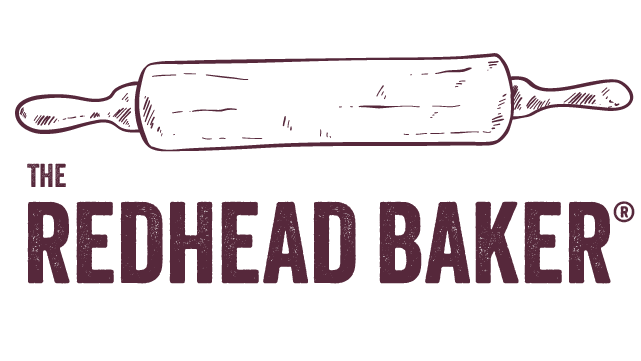I tend to be a little "gadget-crazy" when it comes to kitchen tools. However, I have a small kitchen in my apartment, and have had to pare down my collection. One tool that is essential in any kitchen is a meat thermometer. Using a meat thermometer prevents under- and over-cooked meat, poultry, fish, eggs, and other dishes. It can also be useful in baking, for example, to prevent eggs from coagulating in cooked custards (though for some applications, a candy thermometer is best).
- Instant-read thermometers (least expensive)


Classic Instant-read thermometer
Photo: Amazon.comDigital Instant-read thermometer
Photo: Amazon.com - Oven-safe Probe thermometers (mid-range in price)

Oven-safe probe thermometer
Photo: Amazon.com - Infrared thermometers (most expensive)

Infrared (no contact) thermometer
Photo: Amazon.com
Personally, I use both an instant-read (digital) thermometer, and an oven-safe probe thermometer. The oven-safe probe is my "default" thermometer, and I use the instant-read digital when I am broiling. If the wire from the probe comes into contact with the broiler heating element, you'll fry your thermometer (not that I know from experience or anything . . . whoops).
The instant-read and probe thermometers are used in similar ways. You insert the thermometer into the thickest part of the meat, avoiding any bones, and wait for the temperature to register. If using the instant-read, you must pull the meat out of the oven, insert the thermometer, and if the meat is not done, return the meat to the oven, and repeat the process. With the probe, the long cord allows you to insert the probe into the meat, and the thermometer portion remains on the counter, allowing you to monitor the meat's temperature as it cooks.
The infrared thermometer uses a laser to read the surface temperature of the meat. Depending on the thermometer, this can be done from a distance of up to 5 feet away.
What temperature are you looking for? This depends on what you're cooking. The following chart contains recommended temperatures from the USDA:
|
Temperature
|
|
|
Poultry
|
|
|
Whole
|
165°
|
|
Parts
|
165°
|
|
Stuffed
|
165°
|
|
Ground
|
160°
|
|
Beef and Lamb
|
|
|
Ground
|
160°
|
|
Steak
|
|
|
Rare
|
125°* |
|
Medium rare
|
145°
|
|
Medium
|
160°
|
|
Well done
|
170°
|
|
Pork
|
|
|
Medium rare
|
145°* |
|
Medium
|
160°
|
|
Well done
|
170°
|
|
Ground
|
160°
|
* The USDA recommends cooking beef and pork to at least medium doneness.

plumbing supplies
Monday 2nd of July 2012
As the name implies, a digital meat thermometer has a digital display that tells the temperature reading of the meat you are cooking.